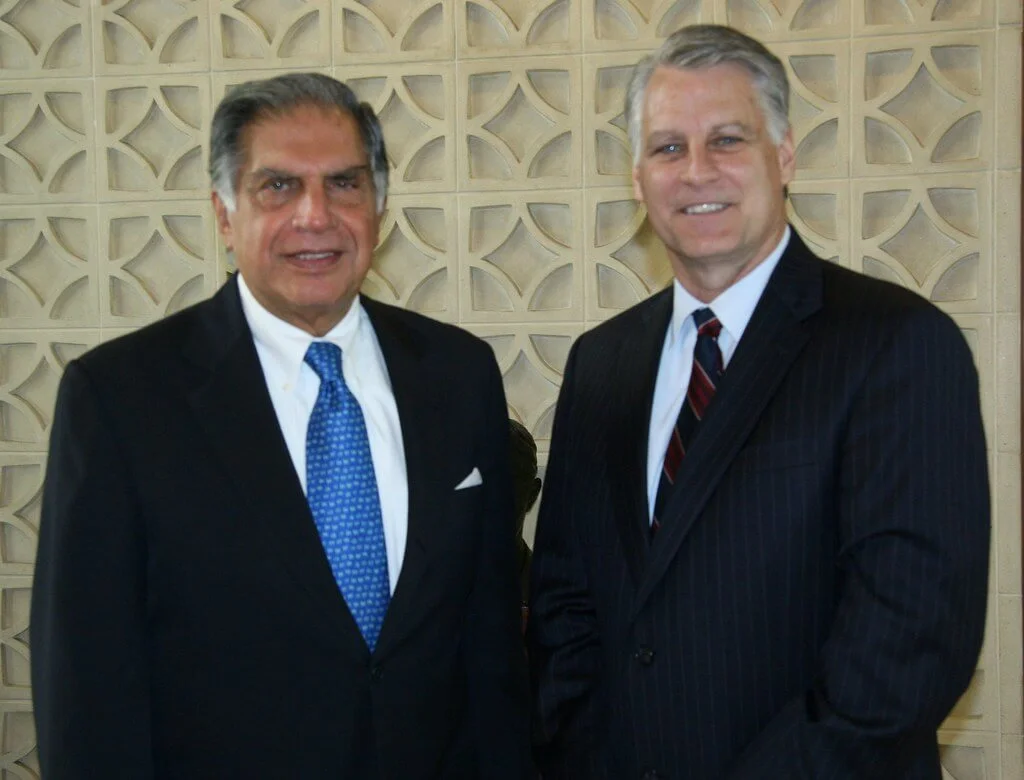If flying cars existed, how do you think city traffic and daily commutes would change?
If flying cars existed, how do you think city traffic and daily commutes would change?
Read lessSign up to our innovative Q&A platform to pose your queries, share your wisdom, and engage with a community of inquisitive minds.
Log in to our dynamic platform to ask insightful questions, provide valuable answers, and connect with a vibrant community of curious minds.
Forgot your password? No worries, we're here to help! Simply enter your email address, and we'll send you a link. Click the link, and you'll receive another email with a temporary password. Use that password to log in and set up your new one!
Please briefly explain why you feel this question should be reported.
Please briefly explain why you feel this answer should be reported.
Please briefly explain why you feel this user should be reported.
If flying cars existed, how do you think city traffic and daily commutes would change?
If flying cars existed, how do you think city traffic and daily commutes would change?
Read lessIs Ratan Tata’s legacy truly as inspiring as it seems?
Is Ratan Tata’s legacy truly as inspiring as it seems?
Read lessRatan Tata is widely celebrated as one of India’s most respected and influential business leaders, and much of his reputation is grounded in his unique approach to business and philanthropy. His contributions extend beyond profitability, impacting areas like social welfare, ethics, and national pridRead more
Ratan Tata is widely celebrated as one of India’s most respected and influential business leaders, and much of his reputation is grounded in his unique approach to business and philanthropy. His contributions extend beyond profitability, impacting areas like social welfare, ethics, and national pride, which is why he’s often held in high regard. However, the narrative of greatness often simplifies complex realities. Here are some nuanced aspects to consider:

Ratan Tata’s reputation is based on genuine contributions to India’s economy and society, although, like any leader, he faced challenges and controversies. His legacy is complex, encompassing both the achievements and the lessons learned from his ambitions.
See lessWhat are the applications of fluid mechanics in mechanical engineering?
What are the applications of fluid mechanics in mechanical engineering?
Read lessFluid mechanics plays a critical role in mechanical engineering, with applications spanning a wide range of industries and technologies. Here are key applications: Design and Analysis of Machinery Hydraulic Machines: Fluid mechanics principles are used to design pumps, turbines, and hydraulic presseRead more
Fluid mechanics plays a critical role in mechanical engineering, with applications spanning a wide range of industries and technologies. Here are key applications:
By applying fluid mechanics principles, mechanical engineers can design systems and solve problems involving fluid behavior, improving efficiency, safety, and performance across industries.
See less
The emergence of flying cars, particularly electric Vertical Take-Off and Landing (eVTOL) vehicles is poised to transform urban transportation. Here's how city traffic and daily commutes might change: 1. Reduced Road Congestion By diverting commuters from roads to airways, flying cars could alleviatRead more
The emergence of flying cars, particularly electric Vertical Take-Off and Landing (eVTOL) vehicles is poised to transform urban transportation. Here’s how city traffic and daily commutes might change:
1. Reduced Road Congestion
By diverting commuters from roads to airways, flying cars could alleviate traffic jams, leading to faster travel times and increased productivity.
2. Shortened Commute Times
Flying cars can drastically reduce long commutes, making travel more efficient.
3. Infrastructure Evolution
The integration of flying cars necessitates new infrastructure, such as “veriports” for take-offs and landings. For instance, Britain’s first flying taxi airport is under construction near Bicester Aerodrome, expected to be completed by early 2025.
4. Environmental Considerations
While eVTOLs are electric and produce fewer emissions than traditional vehicles, their impact on urban sprawl and land use could offset environmental benefits. Concerns include increased noise pollution and the potential for these vehicles to encourage further urban sprawl.
5. Social and Economic Implications
The initial high costs of flying cars may limit access to wealthier individuals, potentially exacerbating social inequalities. However, as technology advances and becomes more affordable, broader adoption could occur. China, for example, plans to have 100,000 flying cars in its cities by 2030, aiming to make them accessible to more people.
6. Safety and Regulatory Challenges
Introducing flying cars raises safety concerns, including air traffic management and accident risks. Regulatory frameworks will need to evolve to address these challenges, ensuring safe integration into urban environments.
While flying cars have the potential to transform urban mobility by reducing road congestion and commute times, they also present challenges related to infrastructure, environmental impact, social equity, and safety regulations. Careful planning and policy development will be essential to maximize benefits and mitigate drawbacks.
Recent Developments in Flying Car Infrastructure
Source: The Sun